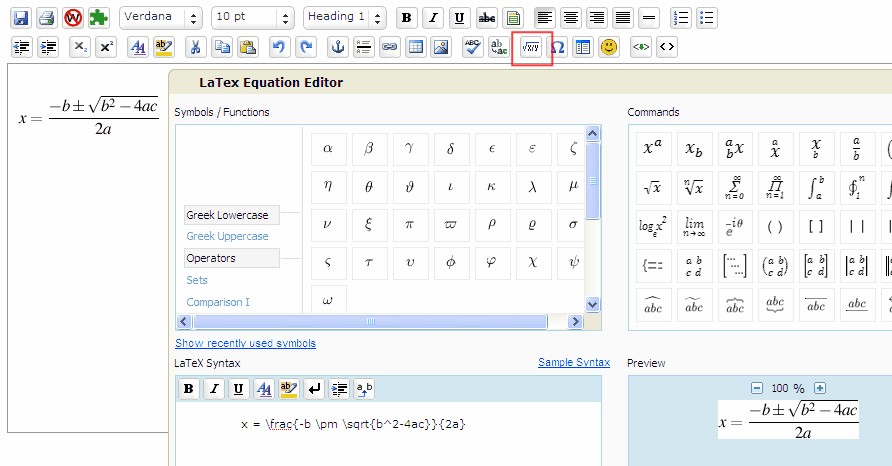

To fix this 2 more Na's are added on the left side. Again, this is a problem, there must be an equal amount of each chemical on both sides. The right hand side has 4 Na's total and 2 O's. Currently the left hand side of the equation has 2 Na atoms and 2 O atoms. Notice that the 2 on the right hand side is "distributed" to both the Na 2 and the O. Now the equation reads: 2Na + O 2 = 2Na 2O To fix this a 2 is added in front of the Na 2O on the right hand side.

On the left hand side there are 2 O atoms and the right hand side only has one. In the next step the oxygen atoms are balanced as well. In this there are 2 Na atoms on the left and 2 Na atoms on the right. This problem is solved by putting a 2 in front of the Na on the left hand side: 2Na + O 2 = Na 2O As it stands now, there is 1 Na on the left but 2 Na's on the right. In order for this equation to be balanced, there must be an equal amount of Na on the left hand side as on the right hand side. Hydrogen and oxygen are usually balanced last. Generally, it is best to balance the most complicated molecule first.
#EQUATION MAKER TRIAL#
Simple chemical equations can be balanced by inspection, that is, by trial and error. Using Trial and Error/Inspection Example #1 (Simple) By changing the scalar number for each molecular formula, the equation may be balanced. In case of net ionic reactions, the same charge must be present on both sides of the unbalanced equation. Thus, each side of the equation must represent the same quantity of any particular element. In a chemical reaction, the quantity of each element does not change.


 0 kommentar(er)
0 kommentar(er)
